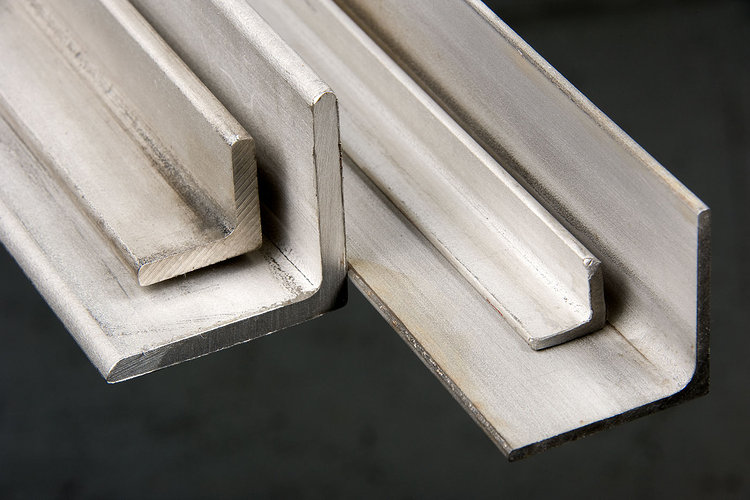Do you know how to pick out the best angle iron? Even though buying the right type isn’t the most difficult thing in the world, there are still certain considerations to ensure you acquire the right materials.
What is Angle Iron?
A long, rectangular piece of sheet metal or a flat bar that has been folded at an angle of 90 degrees along its long axis to produce an L-shape is referred to as angle iron. This is a broad word that is used to describe such a piece. There are a lot of different takes on this fundamental model. Most of the time, these components are utilized in construction as a structural, reinforcing, or supporting element; however, they are also capable of serving an aesthetic purpose, and a wide variety of metals are employed in their fabrication.
Angle iron refers to the shape of the piece rather than the material from which it is made. The name stuck from older times when they were mainly constructed from iron entirely. Now, angle iron is used to refer to the shape of the item. Angle iron made of steel and aluminum is today’s most popular type. However, angle iron made of other metals, such as brass, is also sometimes employed.
Common Angle Iron Types
Equal and unequal angle steel can be used to make L-shaped angle iron, which is ideal for construction that requires a high level of strength. The weight is distributed more evenly with equal steel bars, which also have good tensile strength. The use of unequal angle iron, which is suited for use in uneven applications that call for the support of unequal steel angles
Equal angle
These steel angles have 2 axes’ that are the same length. Their sizing is represented by the side A x side B x thickness. Equal angles are a popular choice of steel section and can be used to make various specs and cut to any size. These qualities make them highly versatile.

Unequal angle
Unequal steel angles are similar to right-angled, but because their axes are of different lengths, they are formed like an L. Their dimensions are denoted by the formula side A times B times thickness. This part has a much greater strength-to-weight ratio and is significantly more powerful (up to 20 percent stronger).
A range of different types of angle iron can be found. The form and composition of the material are the primary distinguishing factors. Other variations include slits, perforations, cutouts, finishes, and coatings. A very large number of distinct fashions are attainable as a result of all of these different options.
What Material is Best for Angle Iron?
Angle irons made of aluminum are fairly widespread and have a wide variety of applications due to their favorable strength-to-weight ratio and corrosion resistance. Although steel is the most frequently used metal for angle iron, a wide variety of other metals may also be utilized. Titanium, bronze, copper, and brass are a few examples of different metals occasionally utilized.
The Bottom Line
The manufacture of steel angle bars results in significant value for its stakeholders. It is useful in constructing structures like bridges, warehouses, shelves, cable towers, power towers, and various pieces of equipment. Hence, it’s crucial that you pick out the right type.






